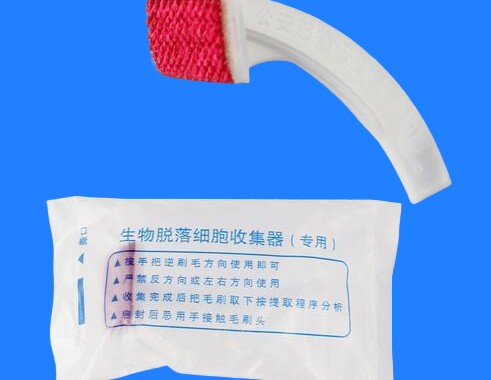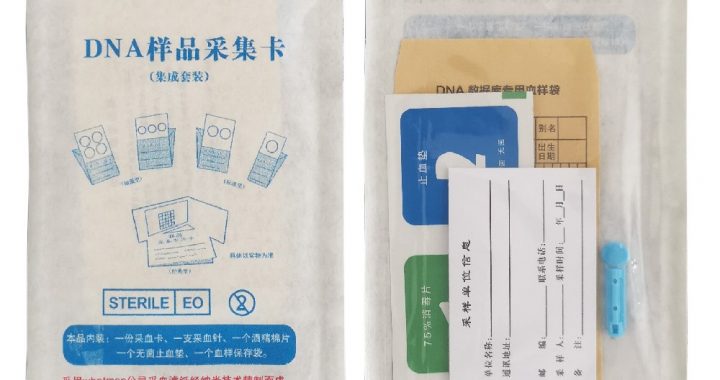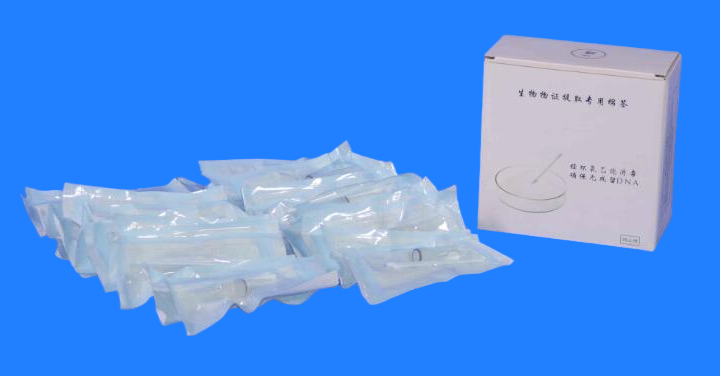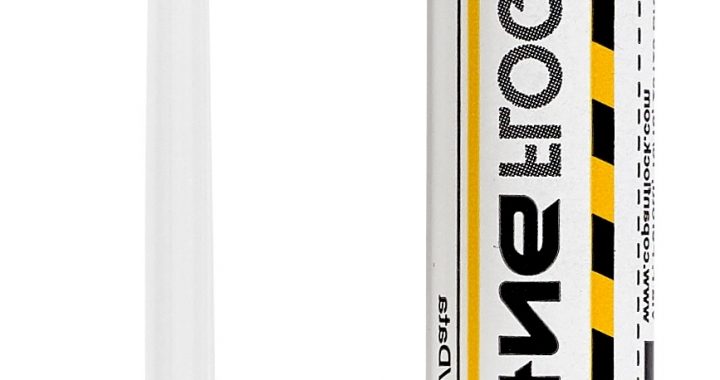Blood and drug detection sampling is a specialized process to collect blood specimens for identifying and quantifying drugs or their metabolites. It requires strict protocols to ensure sample integrity, as results inform clinical treatment, forensic investigations, or workplace screening.
Core Sampling Methods
-
Venipuncture: Most common—use sterile vacutainers with anticoagulants (EDTA/heparin) to draw 5–10mL venous blood; ideal for comprehensive drug panels.
-
Capillary Blood Collection: Fingerstick with lancets to collect 0.5–1mL blood; used for rapid point-of-care drug tests (e.g., roadside screening).
Key Features
-
Timeliness: Collected within hours of suspected drug use to capture peak metabolite levels.
-
Contamination Control: Single-use tools, skin disinfection (70% isopropyl alcohol), and gloves prevent cross-contamination.
-
Preservation: Samples stored at 2–8°C; frozen at -20°C for long-term storage to avoid drug degradation.
-
Chain of Custody: Detailed documentation of sample transfer for forensic/legal validity.
Scope & Applications
-
Clinical Toxicology: Emergency rooms to diagnose drug overdoses and guide treatment.
-
Forensic Science: DUI/DWI cases, criminal investigations involving drug-facilitated crimes.
-
Workplace & Sports Testing: Pre-employment screening, athletic anti-doping programs.





-720x380.png)
-双管生物样本采集套装-400x380.png)
